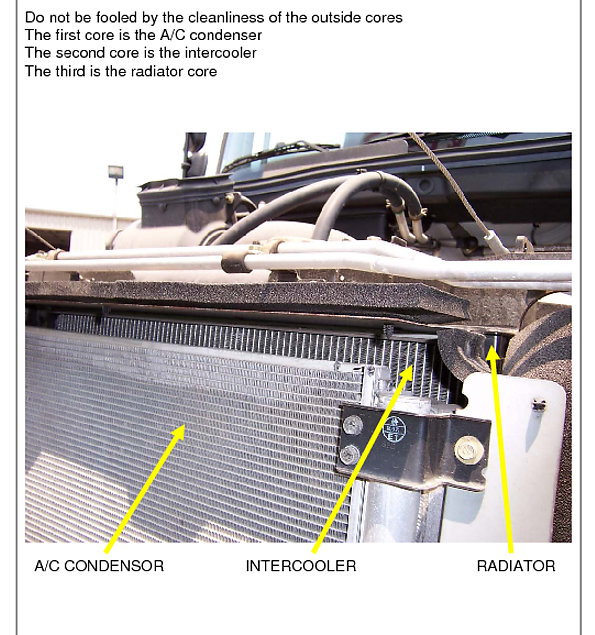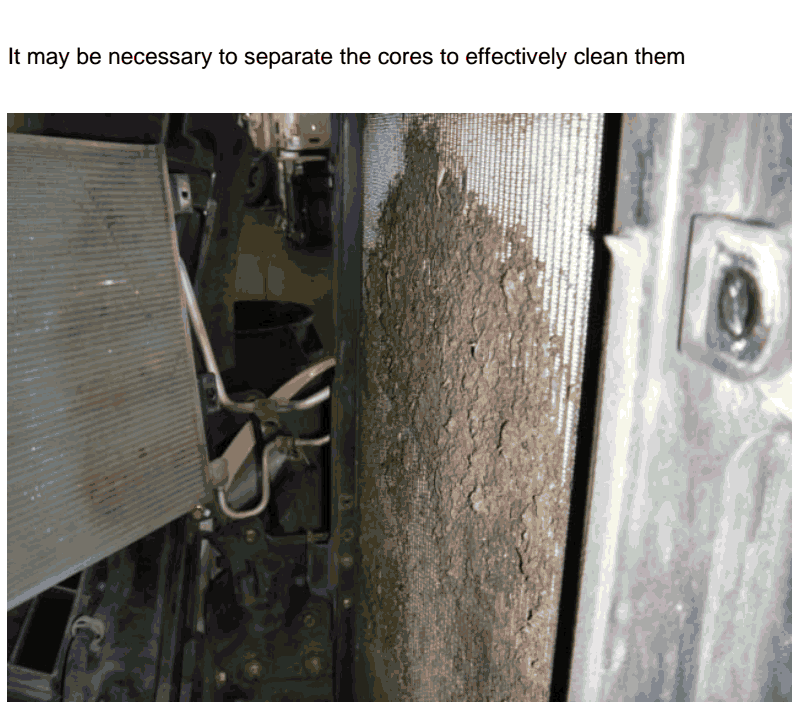Yes, there's a special tool. It would be very difficult to install the seal perfectly without it. It's an unusual seal design, and they don't usually leak unless there's another problem. Overfilling the crankcase oil is a common cause. Leaking injector return pipe under the valve cover, diluting the oil and causing the oil level to rise is another reason it'll leak. That return pipe never fails unless it was installed incorrectly. Unfortunately, it's often installed incorrectly. Human error installing the pipe, and the resulting fuel dilution, is probably the #1 reason for catastrophic failures.
I had a feeling that without that tool, would be hard to get the alignment right, guess I might be taking it to the dealer to get that seal installed correctly, but it sounds like I have a bigger problem to deal with...When I took the valve cover off, I was amazed at how clean it was under it, maybe from having fuel leaking into the oil?????
What you say makes perfect sense now that you say it, I would see oil spots on the ground, and oil all over the bottom of the oil pan, and frame, and wonder, why isn't the oil level dropping more than what it is????
I am going to take the valve cover off again tomorrow morning and check the return pipe, any tips as to what I should look for???
Thanks for taking the time to respond!!!!
Also spongebox, there is a place that I have found that has used turbo's,
Isuzu NPR | Isuzu FTR | Isuzu Diesel | Mitsubishi Fuso Truck Engines | Nissan UD Truck Parts | Busbee's Trucks and Parts
You didn't say what year your truck is, but they have a few different Hino turbos.


